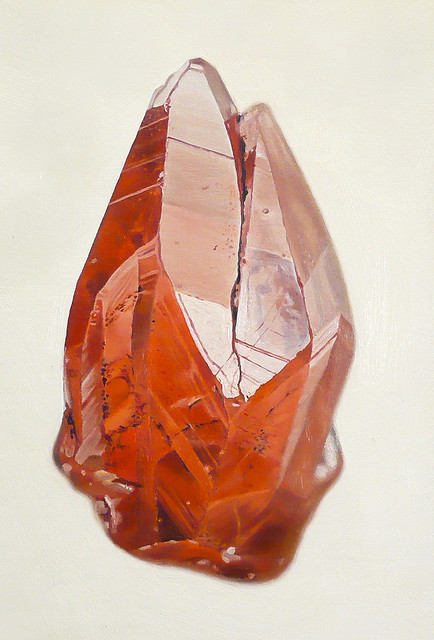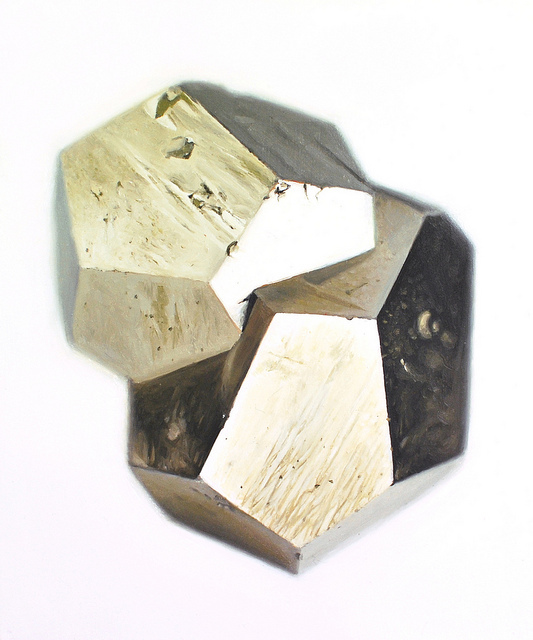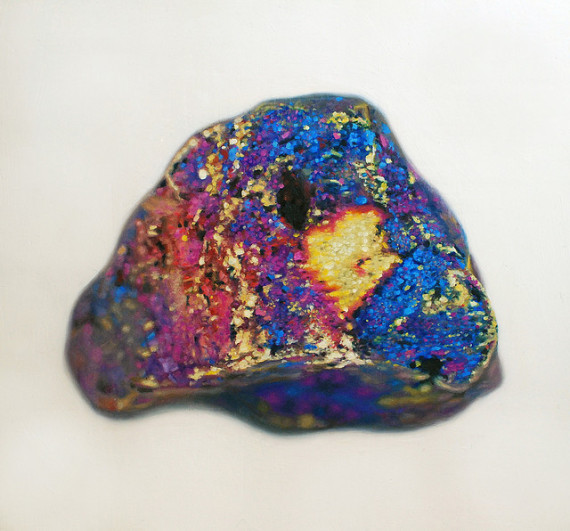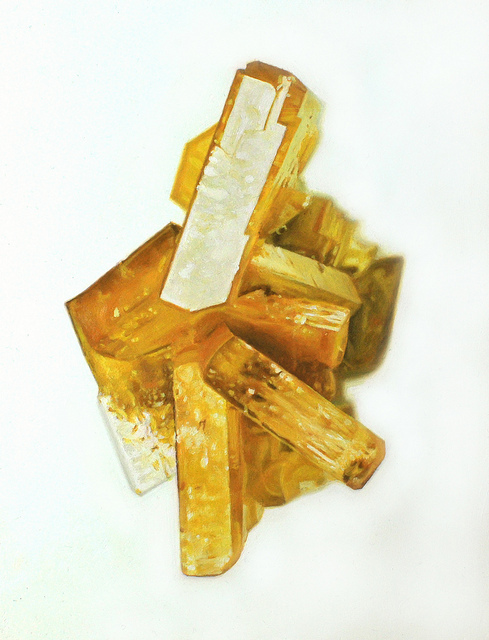Entries in Art (30)
The History of Keys
 Thursday, December 23, 2010 at 10:02AM
Thursday, December 23, 2010 at 10:02AM  |
|
 |
 |
|
 |
 |
|
 |
 |
 |
 |
Drawings by Raine Borg, from his website Historical Locks.
A bit of Kantor, 20 years on
 Monday, December 6, 2010 at 1:58AM
Monday, December 6, 2010 at 1:58AM 
Tadeusz Kantor (6 April 1915 – 8 December 1990) was a Polish painter, assemblage artist, set designer and theatre director. His work and his writing about his work is what first sparked a real interest in theater for me, as well as an understanding that there are no limits to the transformative power of live performance.
I want to state openly that
this need to create theater
and visual arts
that would be d i f f e r e n t
from the reality of political terror and
of police vigilance
was grounded neither
in a moral obligation
to create
a R e s i s t a n c e M o v e m e n t ,
nor in feelings of p a t r i o t i s m ,
nor in the h e r o i s m of the underground movement.
I do believe that this process of
creating a d i f f e r e n t ,
o t h e r
reality whose freedom is not
bound by any laws of any system of life,
or the act itself, which is like a demiurge's act
or a dream
is the aim of art.
I keep stubbornly repeating this thought
because I am suspicious that
in the epoch of "the Springtime of the Masses,"
and of the fight for political and economic freedom,
this notion of
the biggest freedom
that is demanded by
a r t
will not be understood,
or will even be deemed unnecessary...
Freedom in art
is a gift neither from
the politicians
nor from the authorities.
Freedom exists inside us.
We have to fight for freedom
within ourselves,
in our most intimate interior,
in our solitude,
in our suffering.
— Tadeusz Kantor, 1990 (translated by Michal Kobialka)
THE FREE MARKET
 Thursday, November 25, 2010 at 2:23AM
Thursday, November 25, 2010 at 2:23AM Images taken from the free items section of Craigslist.
 |
 |
 |
 |
 |
 |
 |
 |
 |
 |
 |
 |
IAMPETH
 Monday, August 30, 2010 at 9:44AM
Monday, August 30, 2010 at 9:44AM 


IAMPETH (the International Association of Master Penmen, Engrossers and Teachers of Handwriting), which describes itself as "an international, non-profit association dedicated to practicing and preserving the beautiful arts of calligraphy, engrossing and fine penmanship," has an absolutely wonderful, treasure-trove of a website at www.iampeth.com.
Highlights of the IAMPETH's website include the gallery of Master Penmen from the Golden Age of Ornamental Penmanship (replete with biographies and work samples), but by far the greatest thing this site has to offer is a PDF library of dozens of scanned, downloadable rare books filled with beautiful calligraphic designs.
 E.W. Bloser,
E.W. Bloser,  IAMPETH,
IAMPETH,  handwriting,
handwriting,  penmanship
penmanship Unseen Reliquaries
 Thursday, August 26, 2010 at 12:27AM
Thursday, August 26, 2010 at 12:27AM 
Tibetan Buddha statue made of brass (15th century). Photograph and a neutron radiogram. The radiogram reveals wooden objects and dried flowers hidden inside the statue. Neutrons easily pass through metals and reveal substances containing hydrogen. (Paul Scherrer Institut)
The Ishigara Color Test
 Thursday, August 19, 2010 at 1:37AM
Thursday, August 19, 2010 at 1:37AM The Ishihara color test is a test for color blindness. It was named after its designer, Dr. Shinobu Ishihara (1879-1963), a professor at the University of Tokyo, who first published his tests in 1917. It makes use of the peculiarity that in red-green blindness, blue and yellow appear remarkably bright compared to red and green.
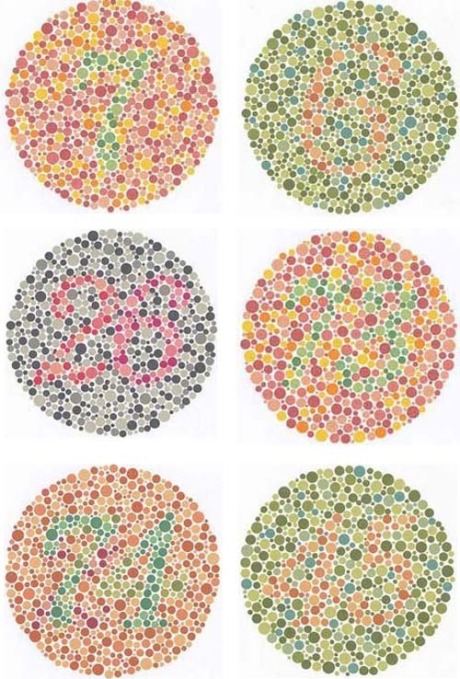
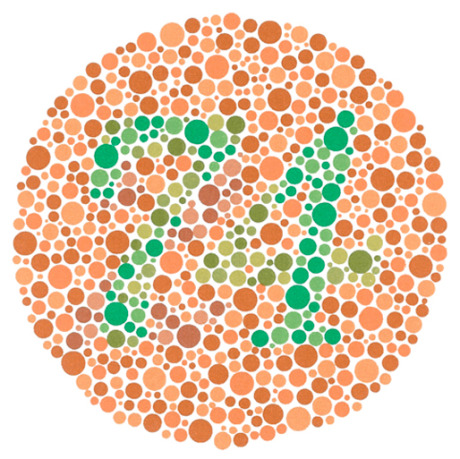
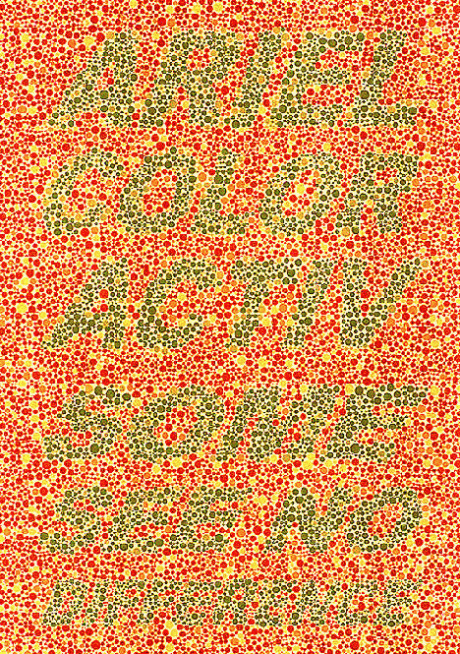
 Art,
Art,  Design,
Design,  Natural Philosophy,
Natural Philosophy,  Optics
Optics  Shinobu Ishigara,
Shinobu Ishigara,  color blindness
color blindness 1911 - 2010
 Wednesday, June 2, 2010 at 1:34AM
Wednesday, June 2, 2010 at 1:34AM 
IF YOU STAND IN FRONT OF A LAKE YOU HAVE THE HORIZON AND YOU HAVE THE SHAPES ABOVE AND THE SHAPES REFLECTED IN THE WATER IF THE AREA BELOW THE HORIZON IS JUST REALITY REFLECTED IN THE WATER
— Louise Bourgeois
Dario Robleto
 Tuesday, April 13, 2010 at 8:50AM
Tuesday, April 13, 2010 at 8:50AM Dario Robleto was born in 1972 in San Antonio, Texas; he lives and works in San Antonio. In his sculptures, Robleto uses rare and archaic materials, including vinyl records, dinosaur fossils, and impact glass formed by meteorites or nuclear explosions. Taking his cue from disc jockeys' music sampling, Robleto refers to history, memory, nostalgia, chance, and hope in order to understand the present. Sampling is a method of composing something new from existing sources in a nonlinear manner. To Robleto, this is a philosophy rooted in American history, rather than just a technique. His sculptures originate from his extensive research around an event, which eventually brings him to identify specifically evocative materials and forms. While his earlier work focused mostly on the history of rock and pop music and its relationship to official history and our personal lives, much of Robleto's more recent work references the experience of war, raising such questions as "who is the enemy?" (Scope).
 A Homeopathic Treatment For Human Longing, 2008
A Homeopathic Treatment For Human Longing, 2008
Glass vials, vintage glass electrode wands, 19th c. bloodletting cupping glass, various home made homeopathic remedies (sound of glaciers melting, voice of oldest to ever live, last heartbeats of loved one, million year old blossom, million year old raindrop, deceased lovers heartbeats, extinct animal sounds, extinct languages), various custom ordered remedies made by professional homeopath (black amber, willow, tears, mammoth hair, glacial runoff, voice of oldest widow, black swan bone dust, Silvia Plath's voice), velvet, silk, leather ribbon, brass, iron, cork, pine, typeset.
 Love Has Value Because It's Not Eternal, 2008
Love Has Value Because It's Not Eternal, 2008
Hand blown glass beakers, stretched audio tape of field recordings of the sound of glaciers melting (2005-06) intertwined with audio tape of various lovers recording their partner's heartbeats as they reflected on each other, ground passion flower, amber, eternal flower, resurrection plant, silk, satin, leather, ribbon, brass, iron, cork, pine, typeset.
 The Boundary of Life Is Quietly Crossed (left), 2008
The Boundary of Life Is Quietly Crossed (left), 2008
The Ark of Frailty (right), 2008
 The Boundary of Life Is Quietly Crossed, 2008
The Boundary of Life Is Quietly Crossed, 2008
Ink dyed poplar, typeset on cardstock, hair lockets made of stretched and curled audio tape recordings of supercentenarians (human living to 110 or older), 19th c. hair flowers, lace and fabric from widows' mourning dresses, colored paper, silk, antique ribbon, homemade paper, willow.
 Ark of Frailty, 2008
Ark of Frailty, 2008
Poplar, typeset on cardstock, hair lockets made of stretched and curled audio tape recordings of "Lazarus species" (species that are rediscovered alive after being classified extinct) in the wild, 19th c. hair flowers, 19th c. dried flowers, lace and fabric from widows' mourning dresss, colored paper, silk, antique ribbon and buttons, carved animal bone buttons, homemade paper, willow, ash, white oak, milk paint, glass.
 The Pause Became Permanence, 2005-2006
The Pause Became Permanence, 2005-2006
Ink dyed willow and ash, hair lockets made of stretched and curled audio tape recordings of the last known Confederate and Union Civil War soldier's voices, excavated and melted shrapnel from various wars, hair flowers braided by war widows, mourning dresses, colored paper, silk, ribbon, milk paint, glass, typeset.
 The Pause Became Permanence (detail), 2005-2006
The Pause Became Permanence (detail), 2005-2006





